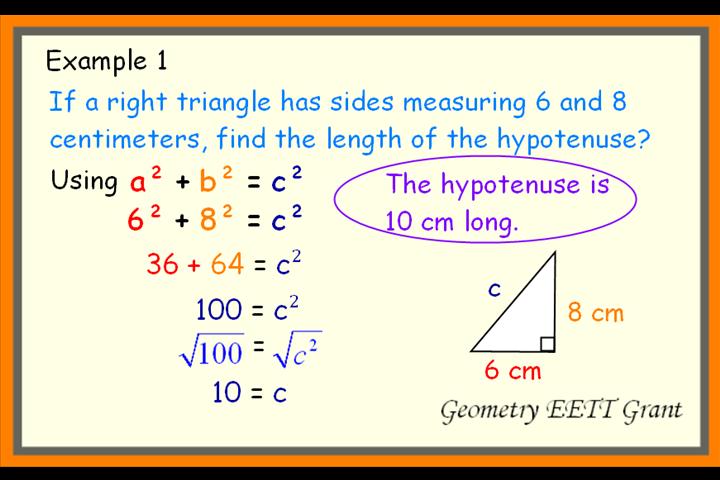
My book goes on to phrase the converse of this theorem like this:ĭo you feel that this is the converse of the midpoint theorem? This one was archived, because it got a fuller answer: Converses in ConstructionĪccording to my text, the midpoint theorem states:

Now, before I made that response, Navneet had already asked another very similar question, on a new thread but this time his textbook had stated a converse. But I don’t find that to be a common concept. ” This makes sense, and it does sound like the “partial converse” idea he had discovered - that was a good insight. The converse, then, taken mechanically, would be, “Given that a line passes through the center of a circle, if it passes through the midpoint of the arc, then it passes through the midpoint of a chord. Specifically, “Given that a line passes through the center of a circle, if it passes through the midpoint of a chord, then it passes through the midpoint of the arc.” My suggestion was to rewrite the original in three parts: “Given c, if p then q“, so that the converse would be “Given c, if q then p“. Navneet’s initial attempt took p as “the midpoint of a chord is joined to the centre of the circle”, and q as “the line passes through the midpoint of the corresponding minor arc”. The statement here consists of more than just “if p then q“. The point here is that we can’t just mechanically swap two halves of a sentence to make the converse. In effect, you are restating the theorem as something like, " Given that a line passes through the center of a circle, if it passes through the midpoint of a chord, then it passes through the midpoint of the arc." If you were assigned to state the converse and whether it is true, you could state it more or less as you did.īut if your goal is simply to find a converse that makes sense and try to prove it, then a "partial converse" like what you stated is appropriate. The converse of a theorem is not in general true, so this is not a problem. You are right that the converse of this theorem as stated is not reasonable, and of course is not true. I replied briefly: I am on vacation and do not have good equipment, so I can't give long answers, but I will do what I can. I was obligated to answer this, because it was on a thread I “owned” but I was not in a position to say much. "If a statement has two hypotheses - If a and b, then c - then a partial converse is: If a and c, then b."ĭo you think that the theorem stated in the beginning has two hypotheses?

Under the converse category you will find this sentence. " If a line passes through the midpoint of the minor arc, then the line should join the midpoint of the corresponding chord to the centre of the circle"!!! So, I think the converse of this should be. What should be the converse of this theorem? But I have a confusion regarding its converse.

" If the midpoint of a chord is joined to the centre of the circle, then the line passes through the midpoint of the corresponding minor arc."

Navneet first asked a question that didn’t get archived: My book proves this statement. Context: Partial converses?īefore I go to the question itself, I have to show the context, so some comments in the exchange will make more sense. A question in the beginning of 2017 brought out some interesting issues. The difficulty is not merely in the language, but in the complexity of our statements. But statements in real life - even in real math - are not quite so straightforward. Usually when we discuss converses (and inverses and contrapositives) we use clear, idealized examples.


 0 kommentar(er)
0 kommentar(er)
